FDA approved LUMAKRAS for patients with KRAS G12C-mutated locally advanced or metastatic non-small cell lung cancer
On May 28, 2021, Amgen announced that the U.S. Food and Drug Administration (FDA) had approved LUMAKRAS (sotorasib)…

On May 28, 2021, Amgen announced that the U.S. Food and Drug Administration (FDA) had approved LUMAKRAS (sotorasib)…

On May 21, 2021, the the U.S. Food and Drug Administration (FDA) approved Rybrevant (amivantamab-vmjw) as the first…
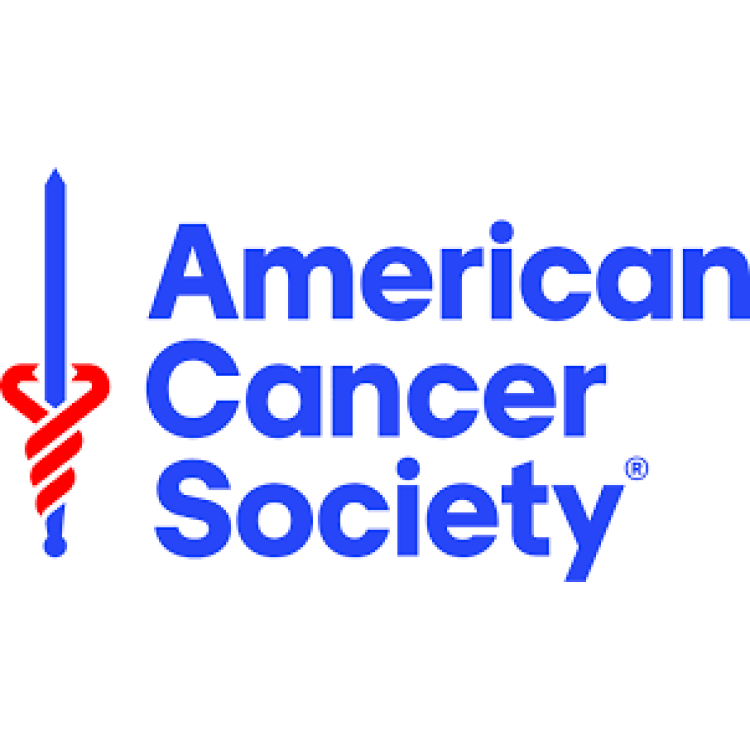
On Jan. 8, 2021, the American Cancer Society reported that the death rate from cancer in the U.S….
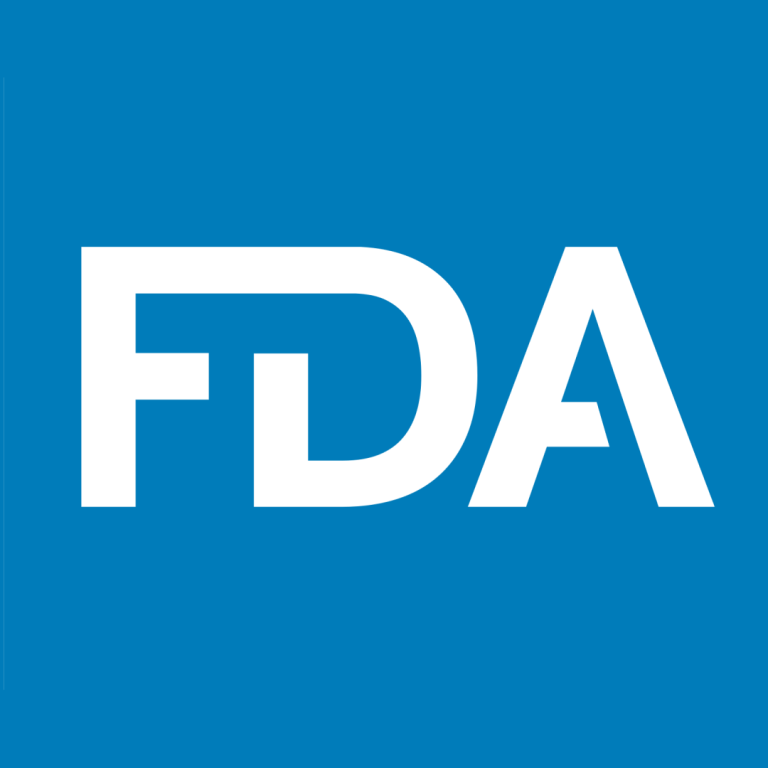
On Dec. 18, 2020, the the U.S. Food and Drug Administration (FDA) approved AstraZeneca’s Tagrisso (osimertinib) as the…
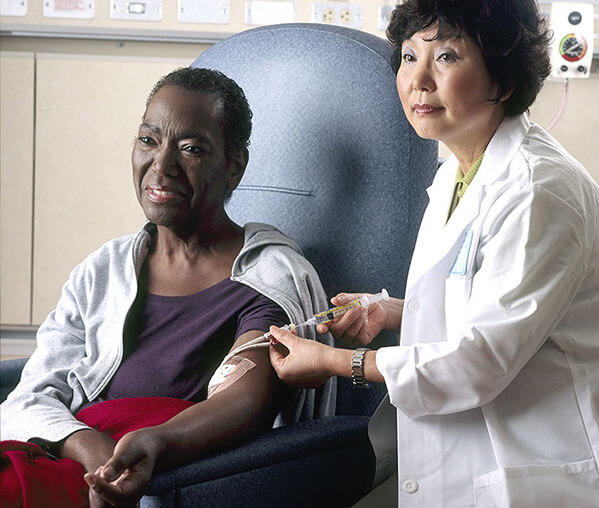
On Dec. 5, 2020, Dr. James Lim and Lakshana Sreenivasan discovered that certain immune signals may help medulloblastoma…
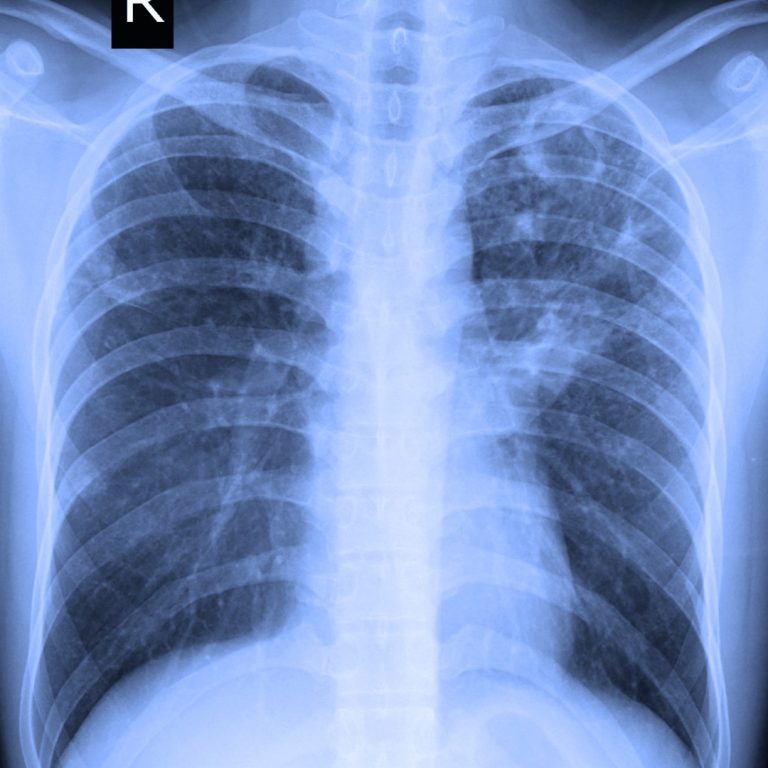
On Nov. 24, 2020, Northwestern University researchers announced they had developed a new artificial intelligence (A.I.) platform that…

On Mar. 19, 2020, The UArizona Cancer Center announced it was awarded a five-year, $6.9 million prestigious Program…
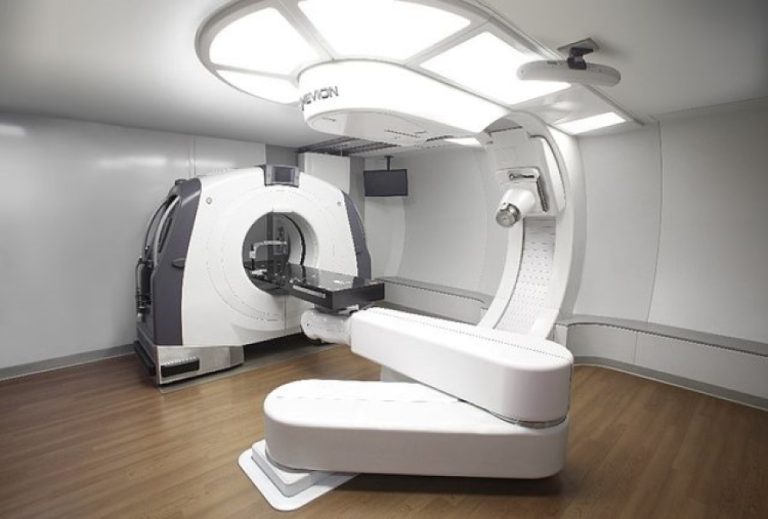
On Oct. 30, 2019, the Barbara Ann Karmanos Cancer Institute established the McLaren Proton Therapy Center, one of…

On Sept. 24, 2019 Karmanos, Wayne State announced it had received a $3.1 million National Institutes of Health…

On Aug. 19, 2019, the Barbara Ann Karmanos Cancer Institute announced it became the first cancer center in…
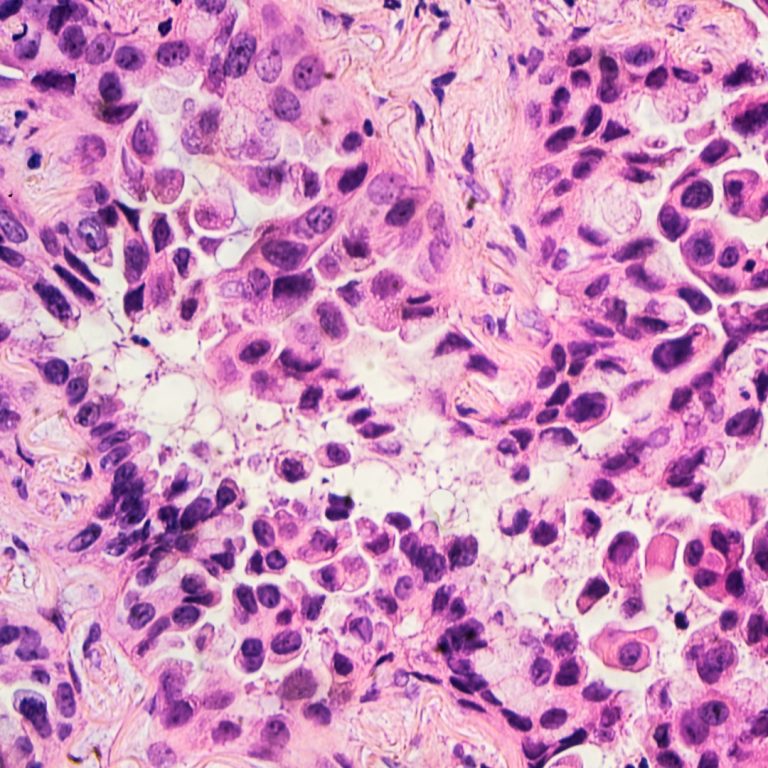
On Jun. 10, 2019, the Winship Cancer Institute was awarded a five-year, $9.7 million Specialized Program of Research…
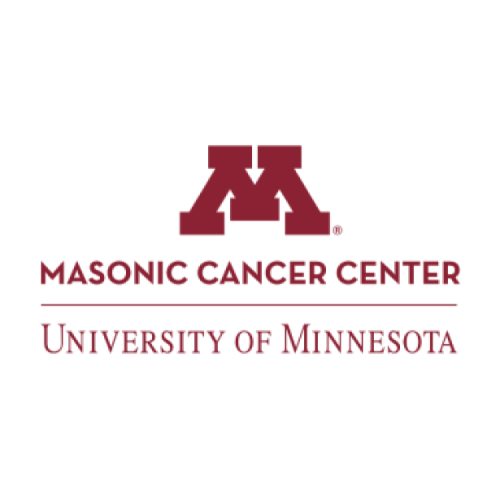
On Mar. 13, 2019, Dr. Liang Lie of Mason Cancer Center’s Hormel Institute received a $100,000 two year…

On Jan. 24, 2019, the Barbara Ann Karmanos Institute received the President’s Trophy from McLaren Health Care system,…

On Jan. 21, 2019, researchers at Fred Hutchinson Cancer Research Center announced finding a way to essentially smother…
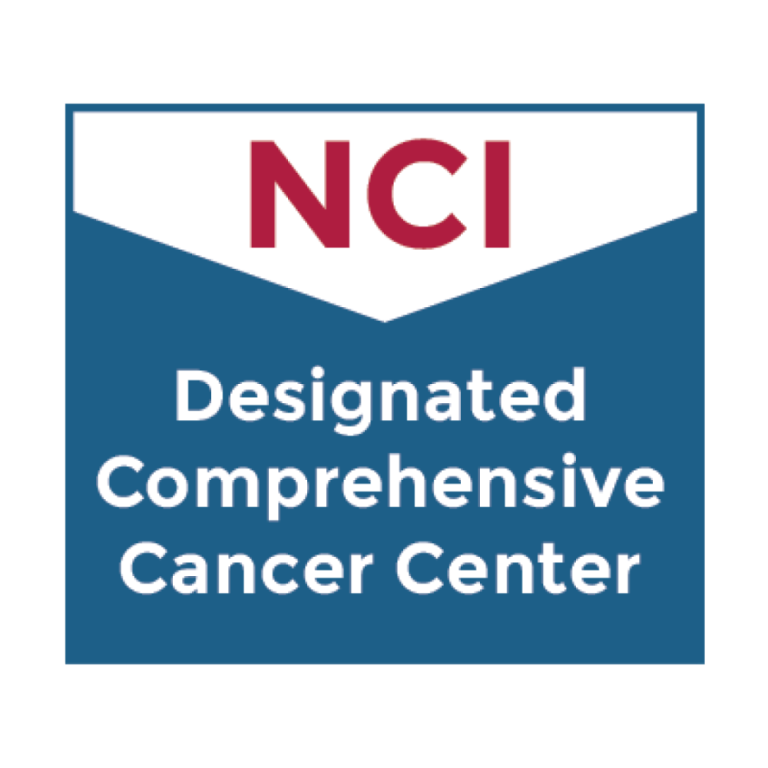
On Dec. 20, 2018, the Karmanos Cancer Institute and Wayne State University were awarded the prestigious LAPS Grant…
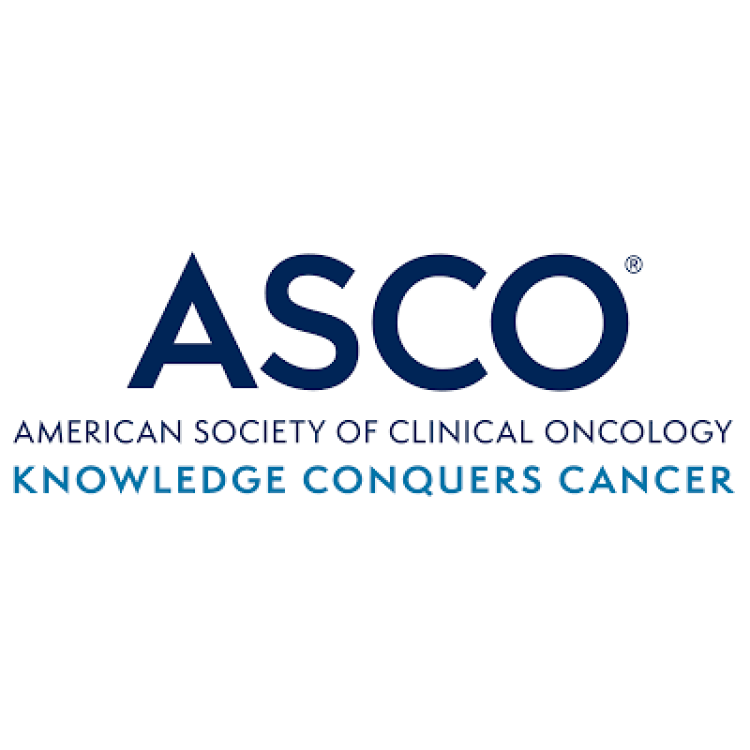
On Dec. 17, 2018, the Karmanos Morey Cancer Center was recognized by the American Society of Clinical Oncology…

On Nov. 13, 2018, Canadian Prime Minister Justin Trudeau announced federal funding for the Institute for Advanced Medical…
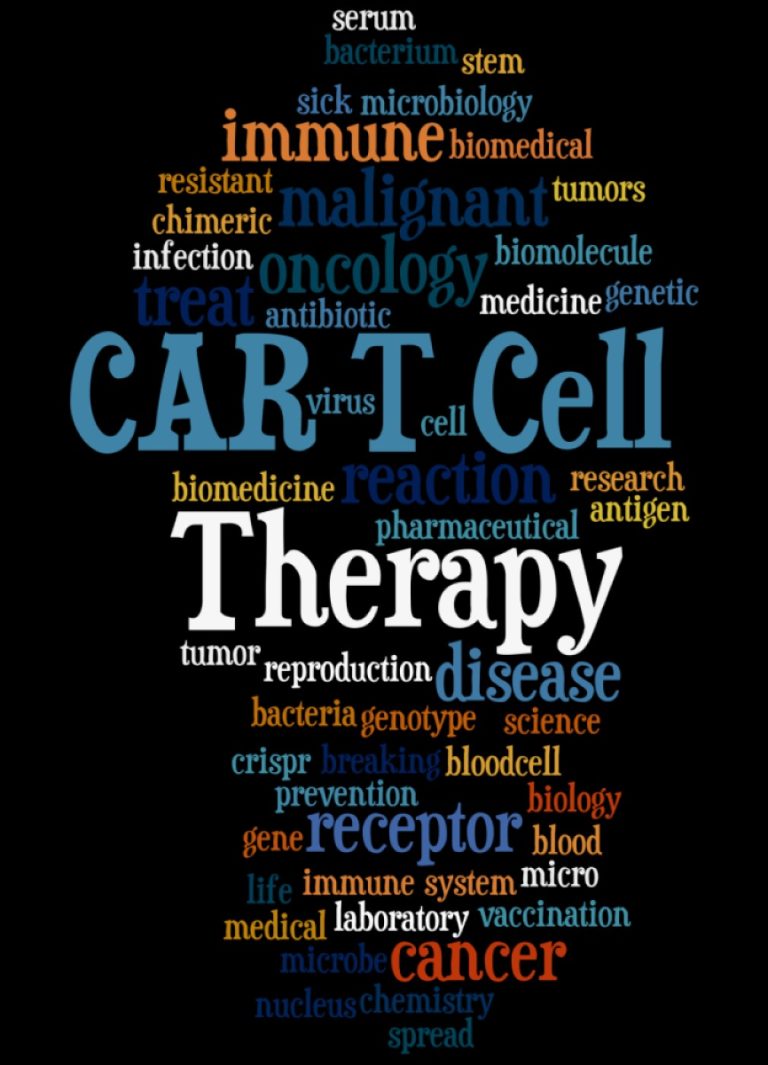
On Oct. 22, 2018, the National Cancer Institute (NC) awarded a $10.7 million five year grant to Abramson…
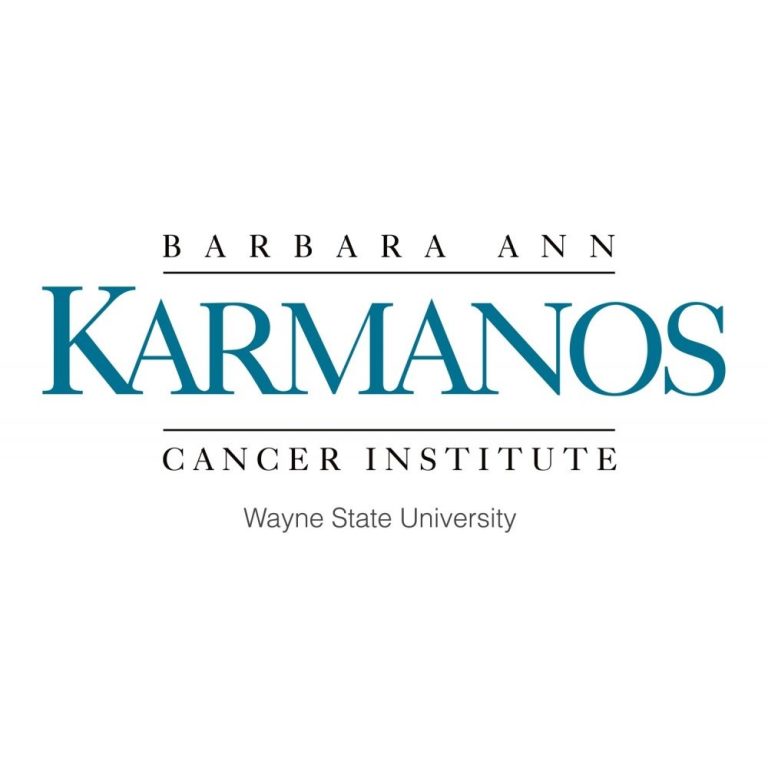
On May 18, 2018, The Barbara Ann Karmanos Cancer Institute announced it will expand its Lawrence and Idell…

May 4, 2018, scientists from the National Cancer Institute (NCI) reported that an analysis of a prevention clinical…

On Oct. 18, 2017, the Siteman Cancer Center became one of the first cancer centers nationwide to offer…
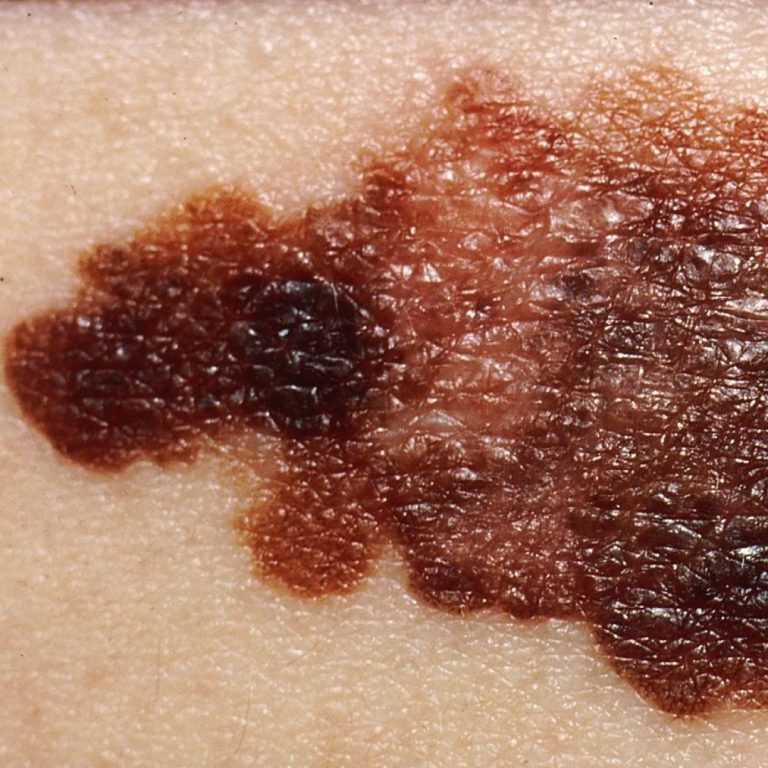
On Dec. 3, 2016, Celgene, Dana-Farber Cancer Institute and the University of Arkansas for Medical Sciences announced the…
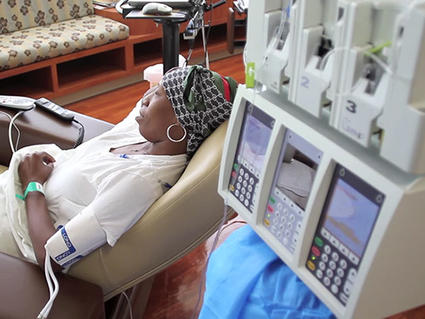
On Aug. 29, 2016, Scripps Health and MD Anderson Cancer Center announced a partnership agreement to create Scripps…
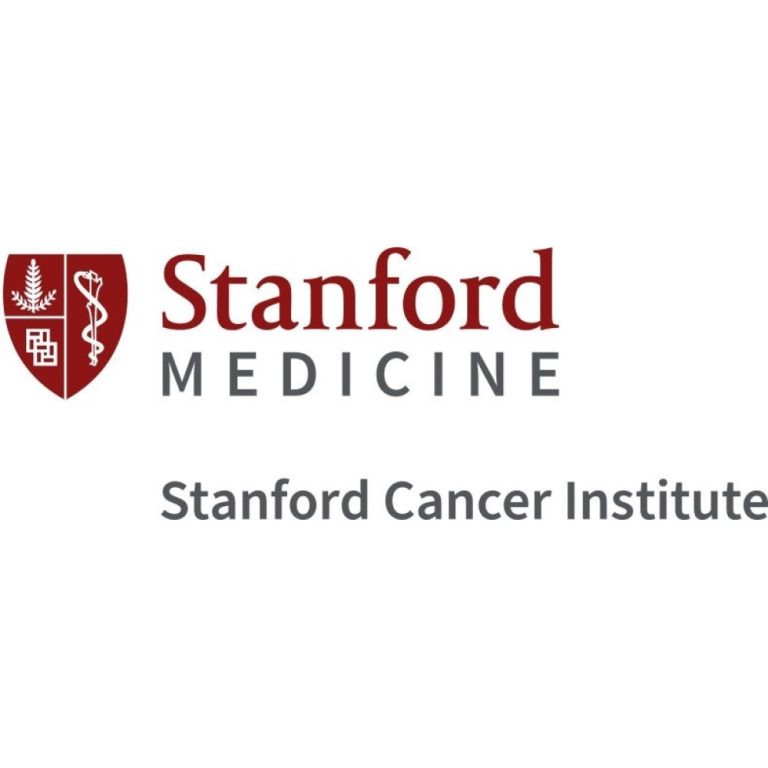
On Jul. 5, 2016, The Stanford Cancer Institute announced it had been designated a Comprehensive Cancer Center by…
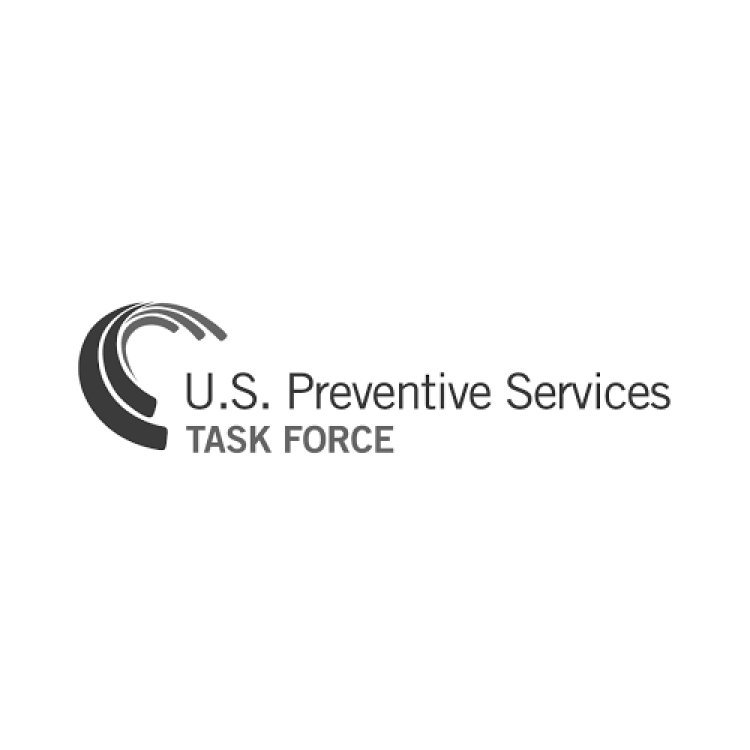
On Jan. 11, 2016, the U.S. Preventive Services Task Force (USPSTF) recommended biennial screening mammography for women aged…

In 2016, Siteman and St. Louis Children’s Hospital established Siteman Kids at St. Louis Children’s Hospital, focused on…
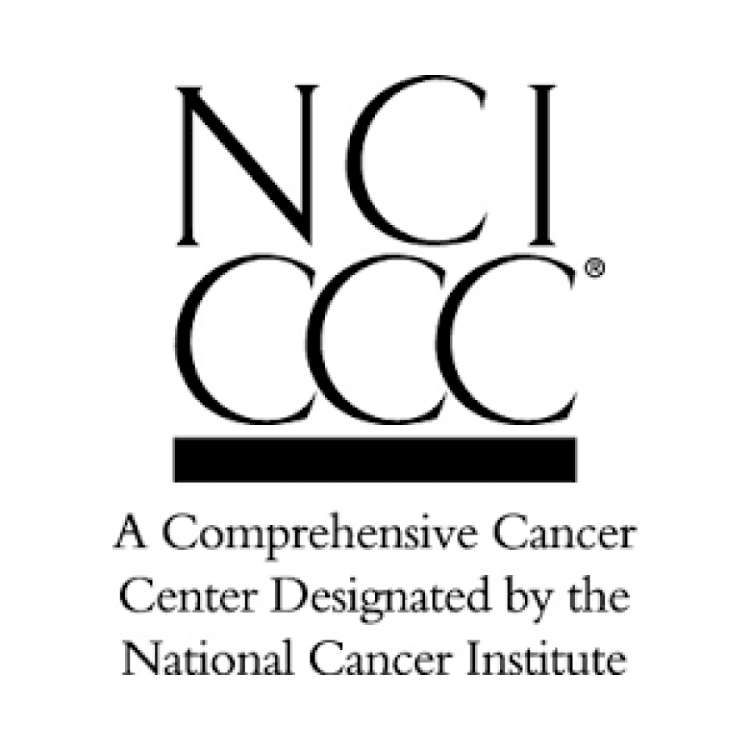
On Aug. 12. 2015, the University of New Mexico Cancer Center received National Cancer Institute (NCI) designation. Cancer…

On Jul. 10, 2015, the National Cancer Institute (NCI) announced it had awarded the UT Southwestern Medical Center’s…

On Jun. 24, 2015, Oregon Health and Science University (OHSU) announced it had met Nike co-founder Phil Knight…
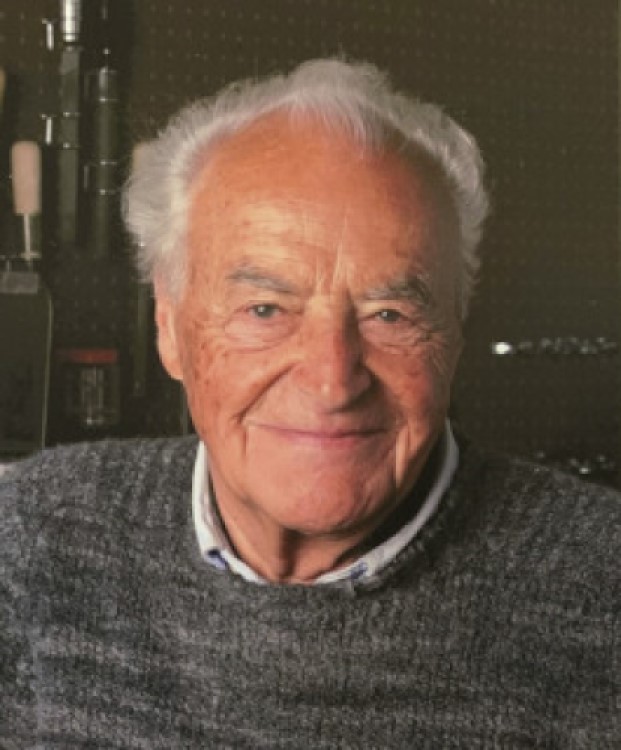
On Feb. 10, 2015, the University of Minnesota (U of M) announced a $50 million gift from Caroline…